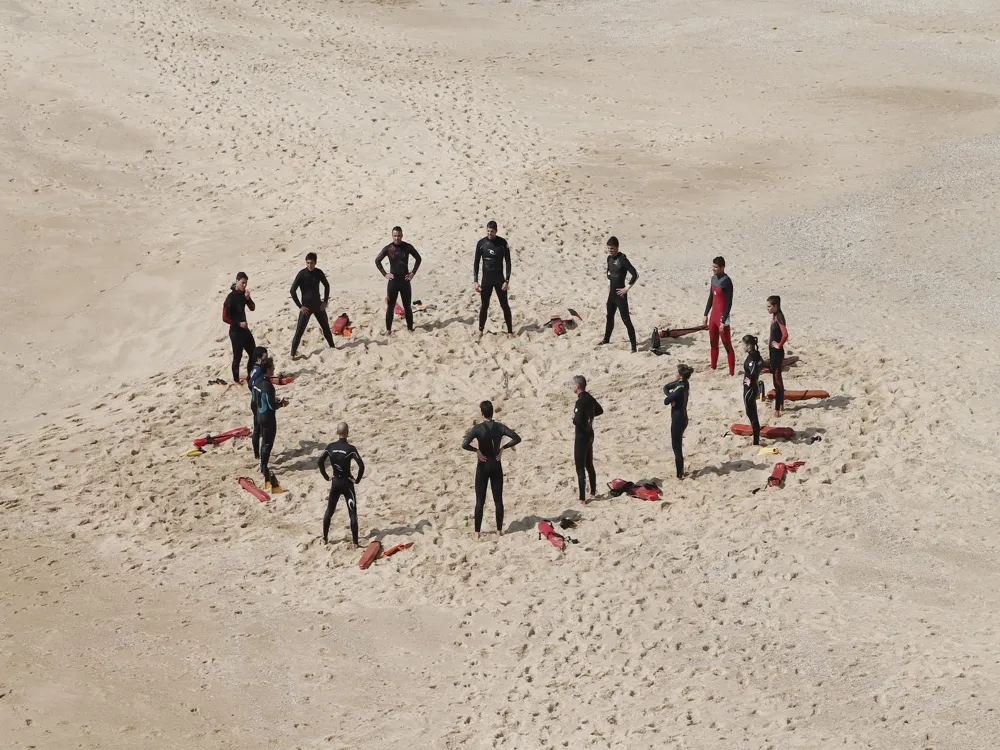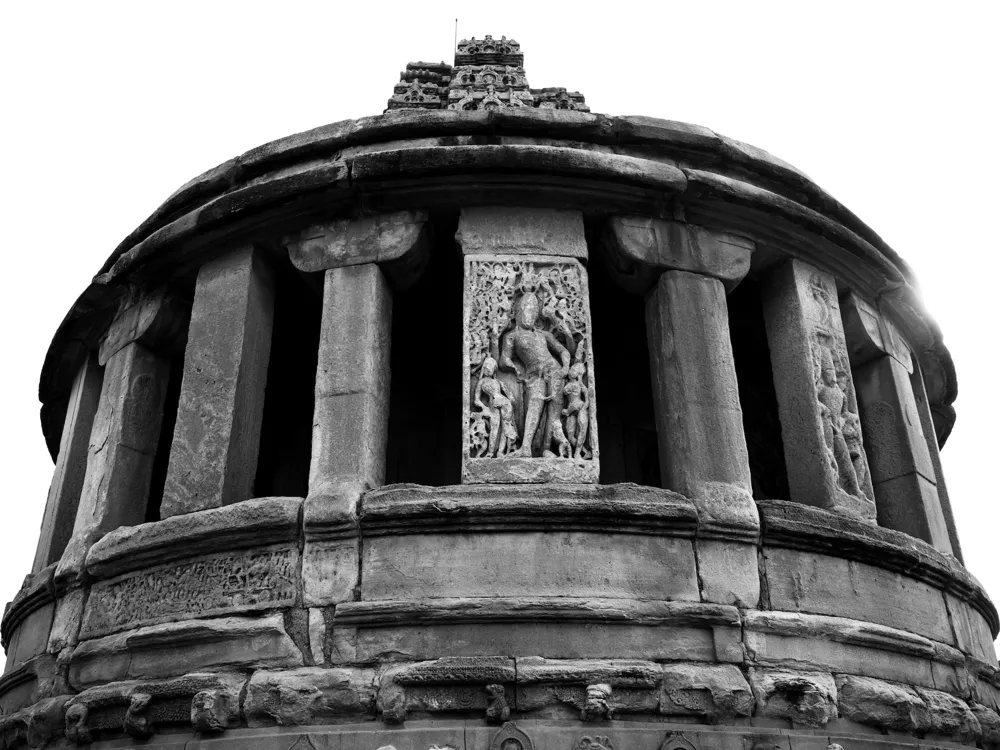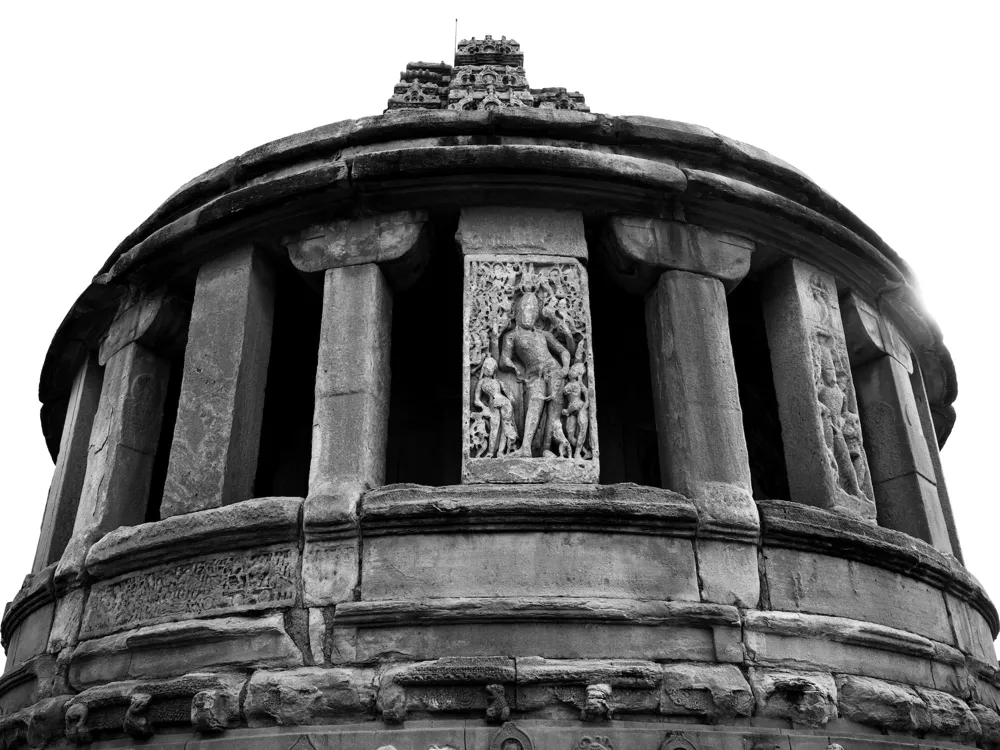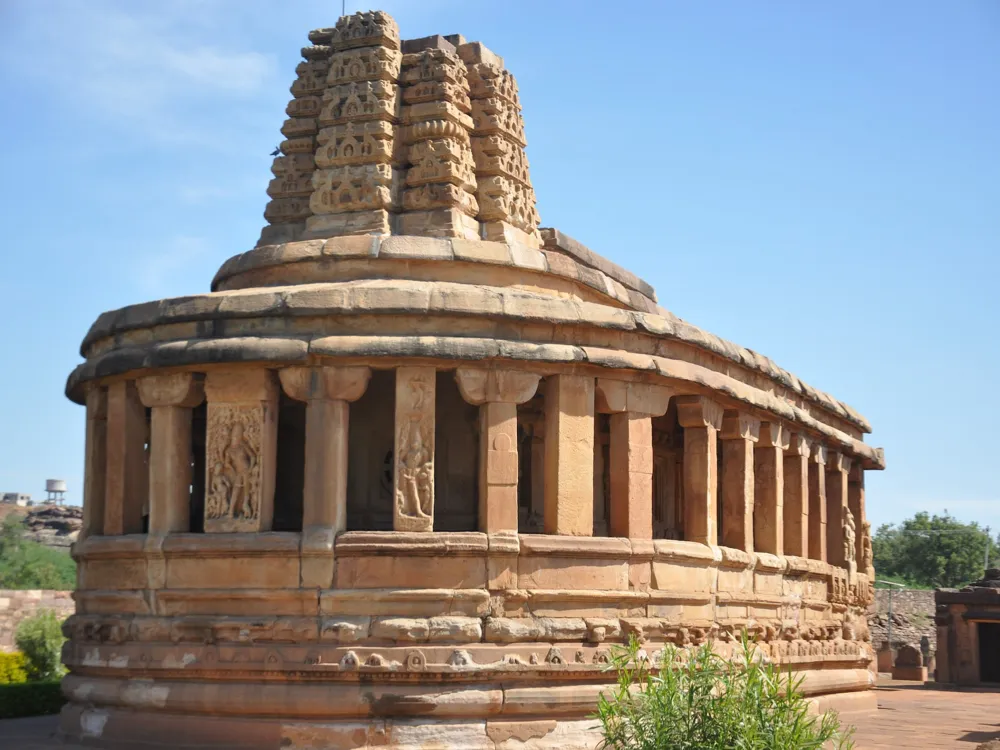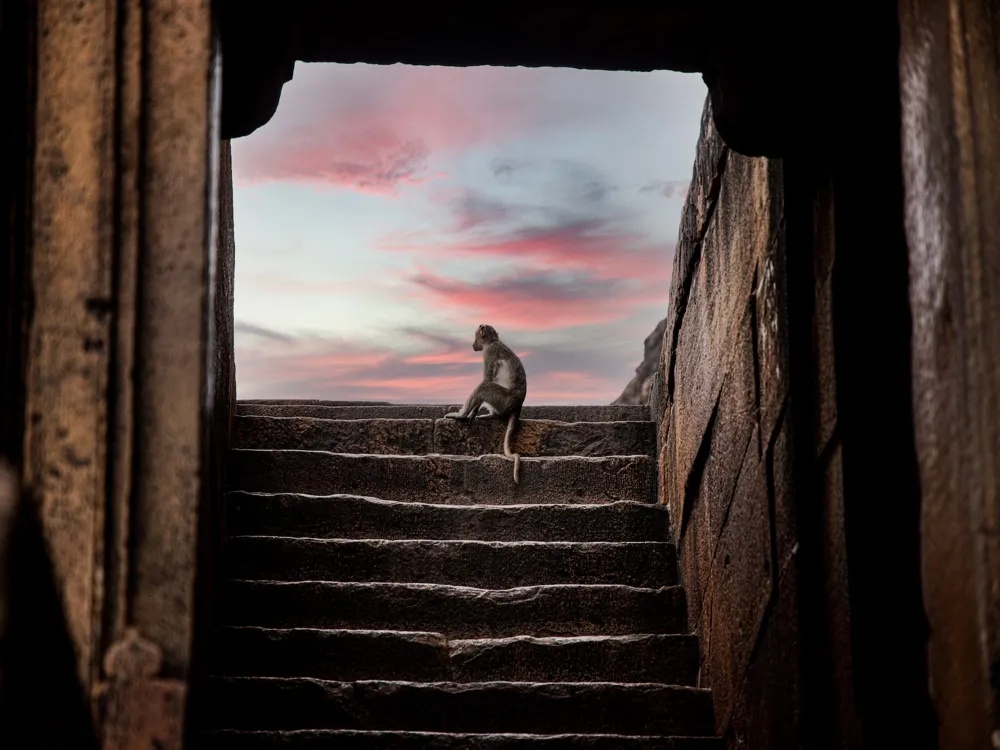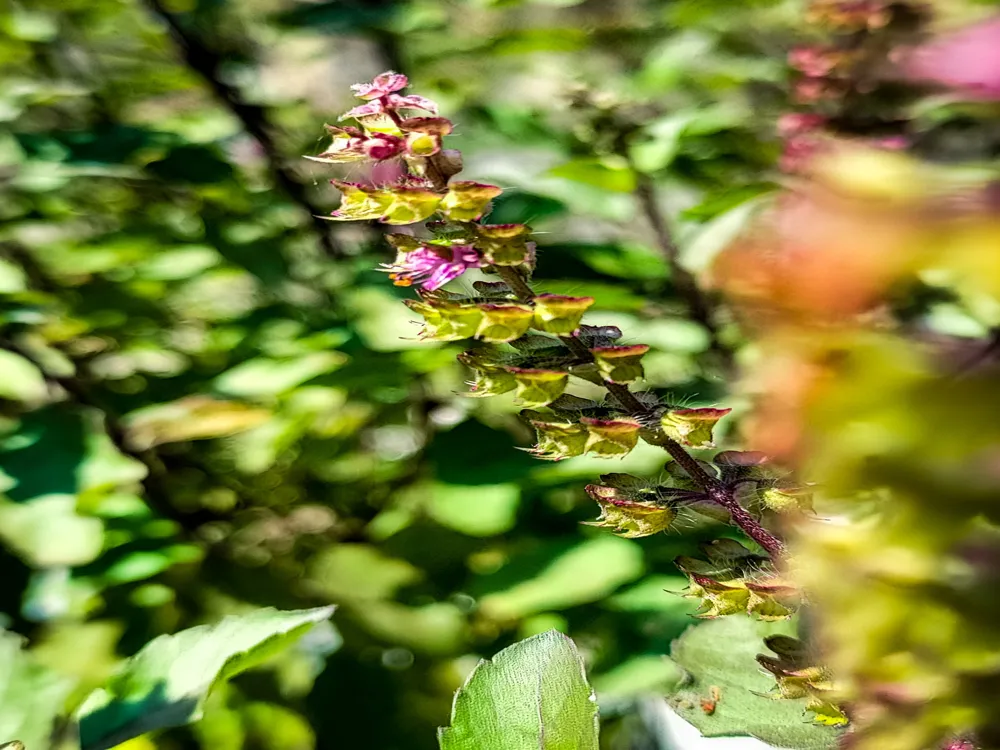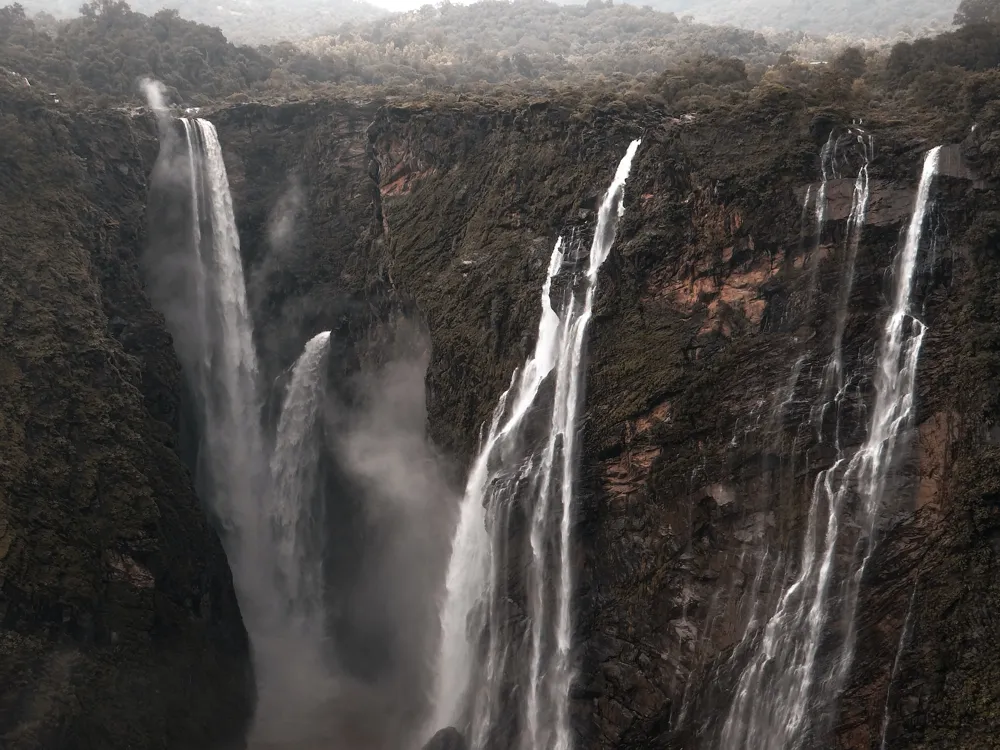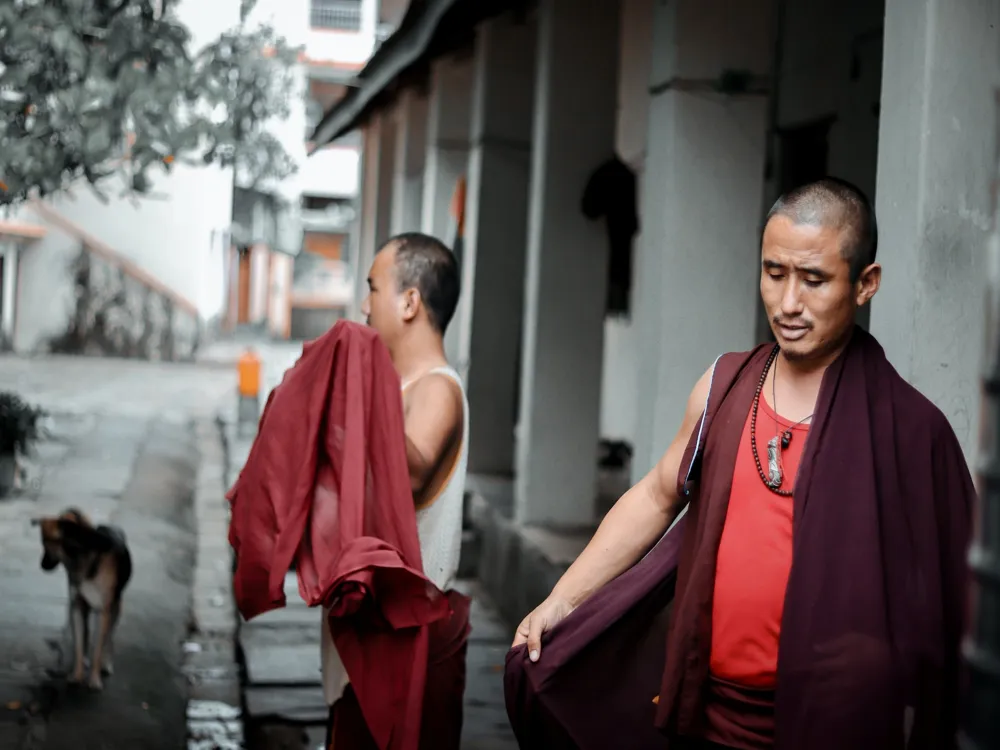Nestled in the quaint village of Aihole in Karnataka, India, the Ravanaphadi Cave Temples stand as a testament to the architectural grandeur of the 6th century. These ancient rock-cut temples, carved out of a sandstone hill, are part of the Aihole temple complex, known as the cradle of Hindu temple architecture. The Ravanaphadi Cave Temples, dedicated to Lord Shiva, showcase the early phases of Indian rock-cut architecture and are renowned for their intricate carvings and historical significance. The main attraction of the Ravanaphadi Cave Temples is the sanctum sanctorum, housing a revered Shiva Linga. This linga, a symbol of Lord Shiva, is set deep within the cave, creating an ambiance of mystique and devotion. Surrounding the sanctum are chambers and hallways adorned with remarkable sculptures and carvings depicting various Hindu deities and mythological scenes. These include depictions of Lord Shiva in his various forms, such as Nataraja (the cosmic dancer) and Ardhanarishvara (the half-male, half-female form), illustrating the rich tapestry of Hindu mythology and culture. The architecture of the Ravanaphadi Cave Temples is a blend of skill, artistry, and religious significance, typical of the Chalukyan era. Carved directly into the sandstone hill, the cave temple represents a mastery of rock-cut architecture that was prevalent during the 6th century. The temple's façade is adorned with columns and beam-like structures, creating an illusion of a wooden structure. The cave's interior is a single chamber, with a sanctum at the far end and a mandapa (hall) in the front, a layout that became a prototype for future rock-cut temples in India. One of the most striking features of the Ravanaphadi Cave Temples is the intricate carving and sculptural work. The walls and ceilings are covered with detailed reliefs and sculptures that showcase the artistic excellence of the Chalukyan craftsmen. The cave temples are particularly famous for their elaborate depiction of the Tandava dance of Lord Shiva, a symbol of creation, preservation, and destruction. This sculpture captures the essence of motion and divine energy, making it a masterpiece of ancient Indian art. The ideal time to visit the Ravanaphadi Cave Temples is between October and March when the weather is pleasant. This period avoids the heavy monsoons and the extreme heat of summer, ensuring a comfortable visit. Visitors are advised to dress modestly, keeping in mind the religious nature of the site. It's recommended to wear comfortable footwear as there's a bit of walking involved. Photography is allowed, but it's important to be respectful and avoid flash photography inside the caves. Opting for a guided tour can enhance your experience as guides provide insightful historical and cultural context to the sculptures and architecture of the temples. The Ravanaphadi Cave Temples in Aihole are accessible by various modes of transportation. The nearest airport is in Belgaum, approximately 150 kilometers away. From there, one can hire a taxi or take a bus to Aihole. The nearest railway station is in Bagalkot, around 34 kilometers from Aihole. Regular buses and taxis connect Bagalkot to Aihole. Additionally, for those driving, Aihole is well-connected by road to major cities in Karnataka. Read More:Overview of Ravanaphadi Cave Temples of Aihole, Karnataka
Architecture of Ravanaphadi Cave Temples
Tips When Visiting Ravanaphadi Cave Temples
Best Time to Visit
Dress Code and Etiquette
Guided Tours
How To Reach Ravanaphadi Cave Temples
Ravanaphadi Cave Temples
Aihole
Karnataka
NaN onwards
View aihole Packages
Aihole Travel Packages
View All Packages For Aihole
Top Hotel Collections for Aihole

Private Pool

Luxury Hotels

5-Star Hotels

Pet Friendly
Top Hotels Near Aihole
Other Top Ranking Places In Aihole
View All Places To Visit In aihole
Faq on Aihole
What are Ravanaphadi Cave Temples in Aihole?
The Ravanaphadi Cave Temples in Aihole are a set of rock-cut cave temples dating back to the 6th century CE. They are significant examples of early Hindu temple architecture in India.
How many caves are there in Ravanaphadi?
Ravanaphadi comprises a total of three caves, each with its own unique architectural features and sculptures.
Who built the Ravanaphadi Cave Temples?
The Ravanaphadi Cave Temples are believed to have been built during the reign of the Chalukya dynasty, under the patronage of King Pulakeshin I.
What is the architectural style of Ravanaphadi Cave Temples?
The Ravanaphadi Cave Temples exhibit a blend of Dravidian and Nagara architectural styles, showcasing intricately carved sculptures and decorative motifs.
What are the main attractions inside the Ravanaphadi caves?
Inside the Ravanaphadi caves, visitors can admire the beautifully carved sculptures of Hindu deities such as Shiva, Vishnu, and Brahma, along with other mythological figures and scenes.
View aihole Packages
Aihole Travel Packages
View All Packages For Aihole
Top Hotel Collections for Aihole

Private Pool

Luxury Hotels

5-Star Hotels

Pet Friendly
Top Hotels Near Aihole
Other Top Ranking Places In Aihole
Faq on Aihole
What are Ravanaphadi Cave Temples in Aihole?
The Ravanaphadi Cave Temples in Aihole are a set of rock-cut cave temples dating back to the 6th century CE. They are significant examples of early Hindu temple architecture in India.
How many caves are there in Ravanaphadi?
Ravanaphadi comprises a total of three caves, each with its own unique architectural features and sculptures.
Who built the Ravanaphadi Cave Temples?
The Ravanaphadi Cave Temples are believed to have been built during the reign of the Chalukya dynasty, under the patronage of King Pulakeshin I.
What is the architectural style of Ravanaphadi Cave Temples?
The Ravanaphadi Cave Temples exhibit a blend of Dravidian and Nagara architectural styles, showcasing intricately carved sculptures and decorative motifs.
What are the main attractions inside the Ravanaphadi caves?
Inside the Ravanaphadi caves, visitors can admire the beautifully carved sculptures of Hindu deities such as Shiva, Vishnu, and Brahma, along with other mythological figures and scenes.







